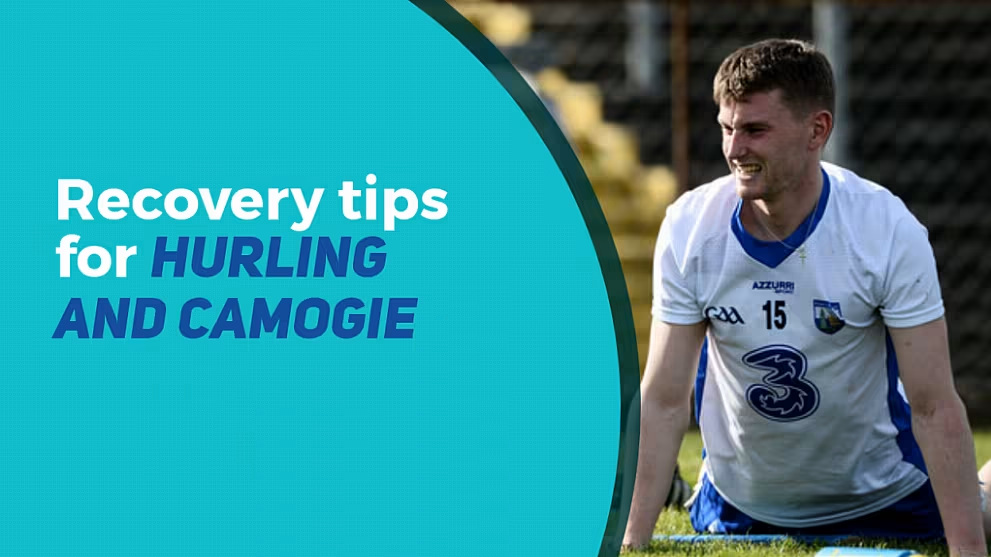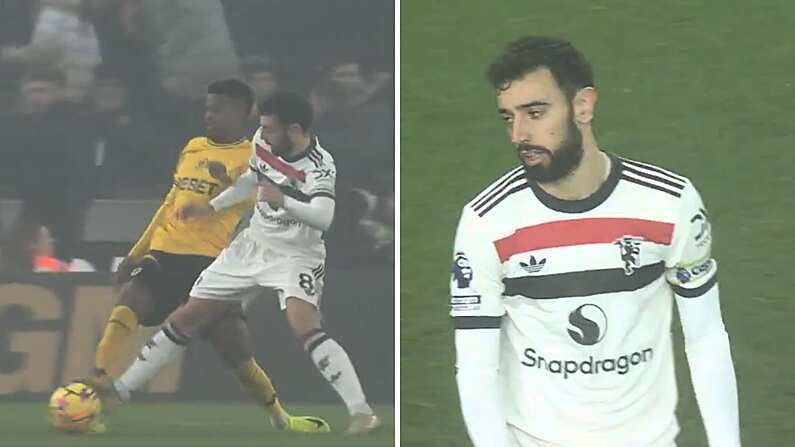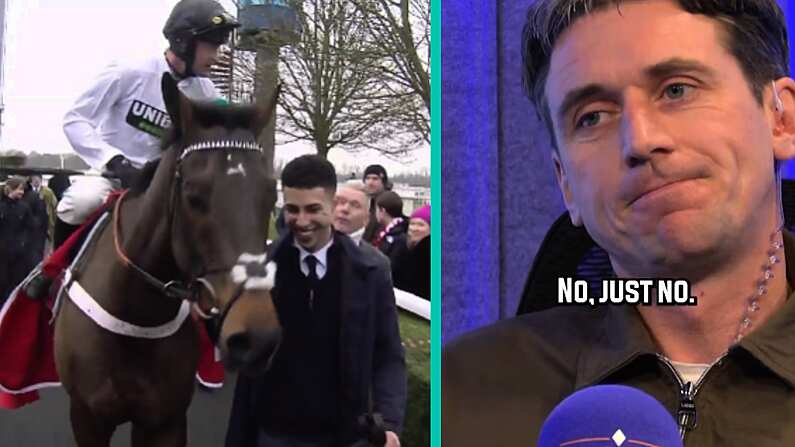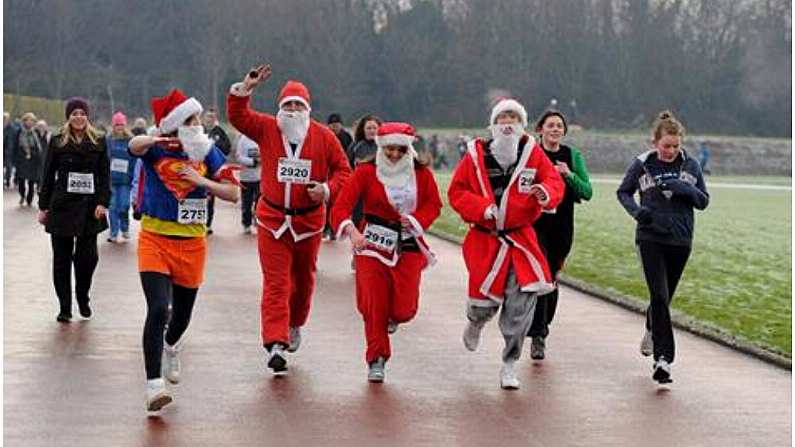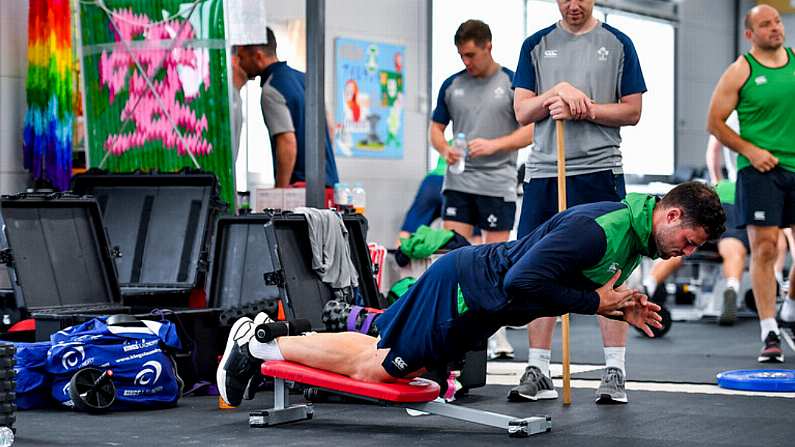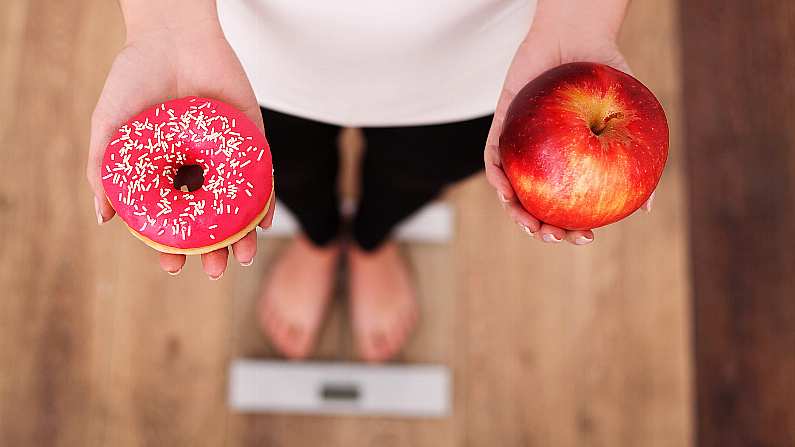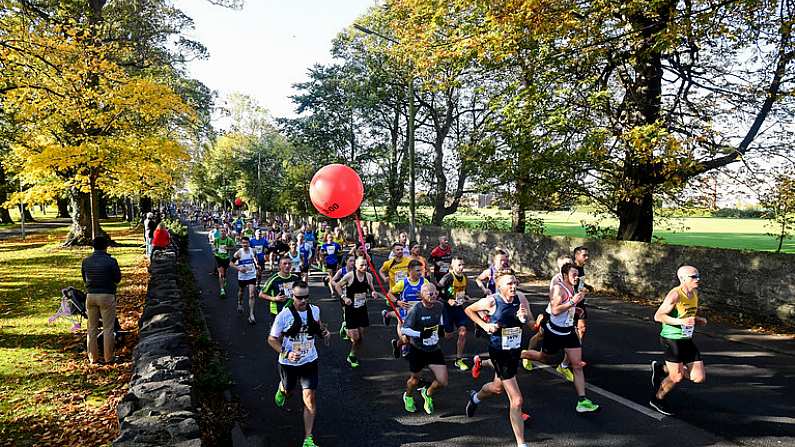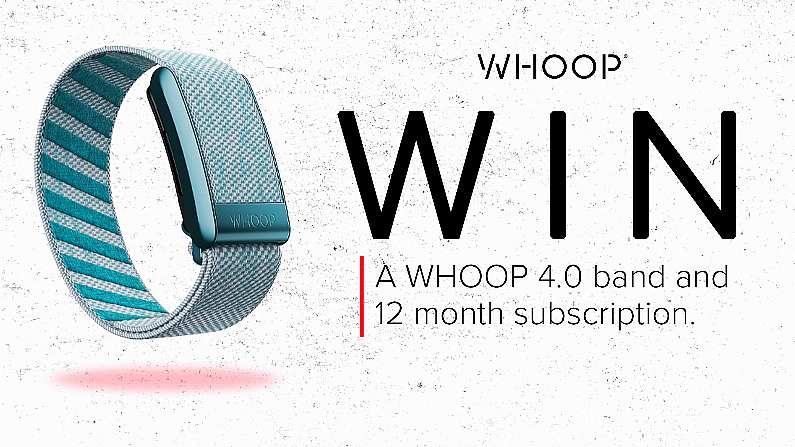Recovery is a word which has become extremely popular in sport in recent years. Different methods of recovery have been trialled and tested to determine which is optimal for players. Although scientific evidence lacks in supporting some of the techniques anecdotal reports have come back positive. A game of hurling or camogie can be a massively draining experience that tests an athlete's cardio, strength and stamina. If you want to hurl or play camogie at an elite level. it's essential to get your recovery right.
Trying out a few of the methods below after a heavy training session or game have been theoriesd to help with preventing injury, reducing the effect of muscle soreness and increasing range of motion in the joints. It’s extremely important to discuss with your doctor or physiotherapist about which methods are right for you.
The cool down
A cool down should include tapering down movement to static stretching. The purpose of a cool down is to allow for both your heart rate and breathing return to their resting rates slowly after an intense training session or game. This should consist of a 10-20 minute session. The section should start off with a light jog for 3 minutes, then a skip for 2 minutes and finally moving to a slow walk for 1 minutes. Static stretching should then form the second part of the cool down. Static stretches should include the main muscle groups: glutes, quadriceps, hamstrings, hip flexors, muscles of the back and muscles of the shoulder. Holding the stretches for 30 seconds and repeating three times per muscle group, would result in the optimal recovery for muscles.
Key stretches
Glutes: Begin with sitting upright on the floor. Bend one of your knees while keeping the other straight. Begin to turn your torso towards the bent knee until you feel a stretch in your glutes.
Quadriceps: Begin on the floor down on one knee. Pull the foot of the leg which is not bent upward until it is touching your glute so that that you feel a stretch. The stretch should be felt in the leg which you have pulled your foot up to touch your glutes, down the front of the thigh (where your quadriceps are).
Hamstrings: This one is quite simple. Lowering yourself down slowly so that you are bent over. A good tip is to tuck your chin into your chest before you begin lowering yourself down and placing your hands on your thighs and slowly moving them down as you bend. This will help with the alignment of your spine.
Hip flexors: Beginning down on one knee, lean forward with your hips and lift the arm which is opposite to the bent knee. Begin to turn your torso in the opposite direction to the knee which is bent, and hold the stretch there.
Muscles of the upper back: Beginning with both knees bent lower your back so that your torso is resting in-between your knees.
Muscles of the lower back: Begin with lying on your stomach, slowly arch your back and straighten your arms at the same time. Do this while keeping your legs straight on the floor.
Shoulder muscles: Begin in standing, place your hands on your waist with your palms facing outward. Crouch down keeping the same position with your hands. Allow your elbows to align with your knees keeping them between your knees.
Foam rolling: Foam rolling a couple of hours after the game is important as there is evidence to support the use of foam rolling to provide self-myofascial release and it has been suggested to benefit players recovery. Foam rolling 2-3 hours after a game can aid in increasing flexibility, recovery and range of movement in the joint. Recommended muscle groups to foam roll include hamstrings, glutes, quadriceps, calves and muscles of the back. A forward and backward motion is recommended when using a foam roller. Foam rolling each area for 30 seconds is recommended.
Re-hydrating: Rehydrating after a game is vital for muscle recovery. This is especially important when playing games during the summer. The warmer temperatures will cause you to sweat more leaving you with a higher need for rehydration. Two litres is the recommended amount of water to be drank a day. This may be increased after a game of exertion. Weighing yourself both pre and post-game will help you gage how much water you need to drink. For each 1Kg of weight lost, 1.5 litres of fluids must be consumed. Remember most liquids will count towards rehydrating you including energy drinks such as Lucozade sport. As well as this oranges and milk are good both for hydration and replenishment of protein after a game.
Sports massage: A sports massage to any muscle groups which may be feeling a little more tight for 30 minutes to an hour the day after a sports game has been shown to increase blood circulation, reduce the effect muscle soreness and also increase the range of motion in a joint. Sports massage is theorized to be effective by using different massage techniques to reduce the inflammatory process and increase circulation. Although it is similar to foam rolling it works better for those harder to reach areas and the pressures implemented by the therapist can be changed in comparison to a foam roller.
Cold Immersion: Cold water immersion works by using cold to constrict blood flow to muscles so that the inflammatory process is slowed down. The inflammatory process although important can cause pain and there has been a lot of evidence as to why we need to slow down the inflammatory process. The guidelines for this form of recovery are 30 seconds – 1 minute immersion, followed by 1 minute out of water (towel dry). Repeat this three times. Extreme caution must be taken when carrying out this form of recovery. Pain or shock may occur for those who are really sensitive to extreme changes in temperature. This may occur when players go from a warm environment in the training area or dressing room into a cold shower or ice bath. It’s important to check how you respond to cold before carrying out this form of recovery. It is always important to discuss with a doctor before introducing a recovery session such as this into the post training or game practice.
Cora is a final year student physiotherapist who has a huge interest in sports medicine and exercise physiology


